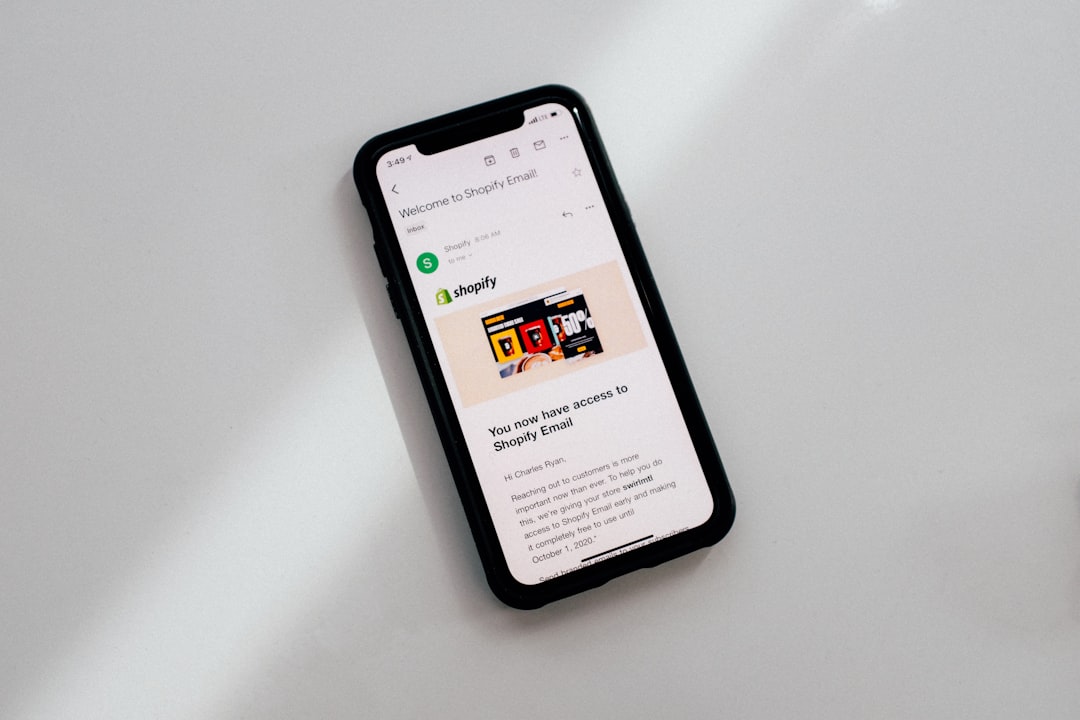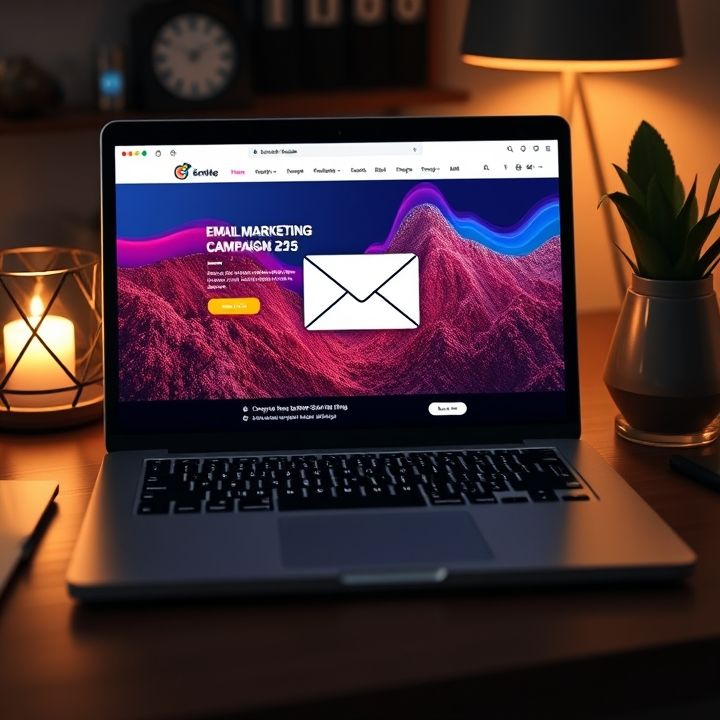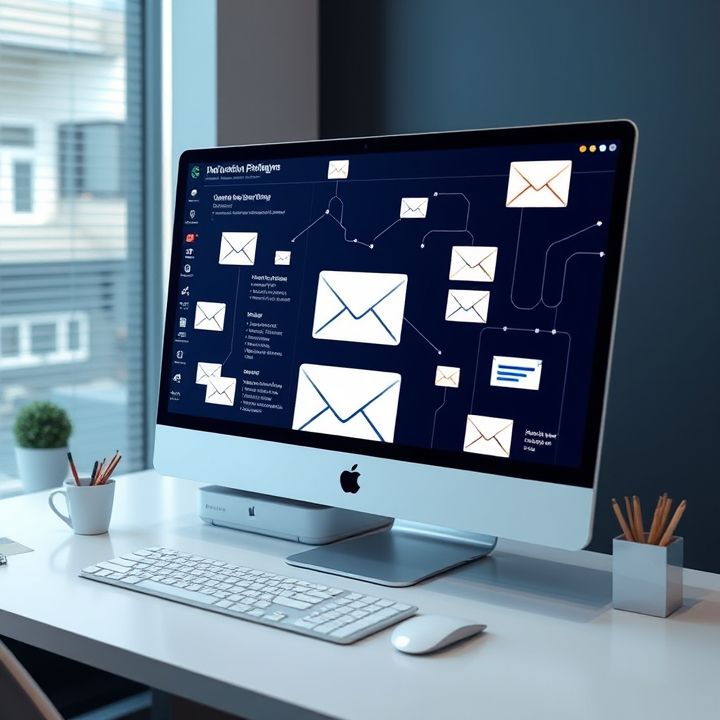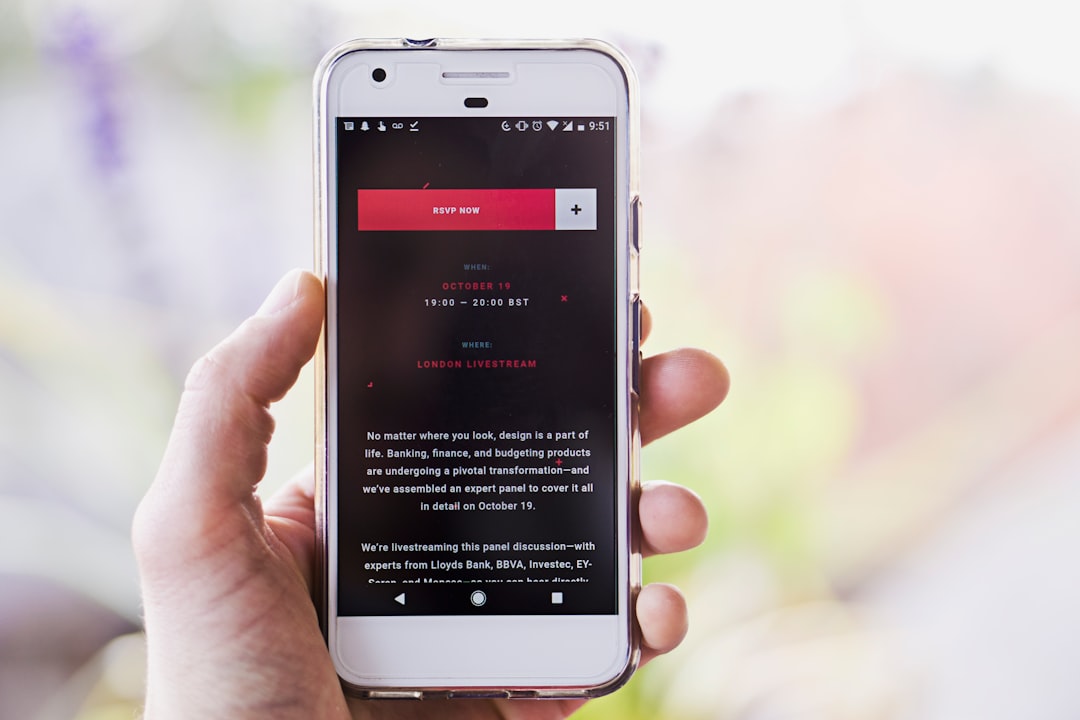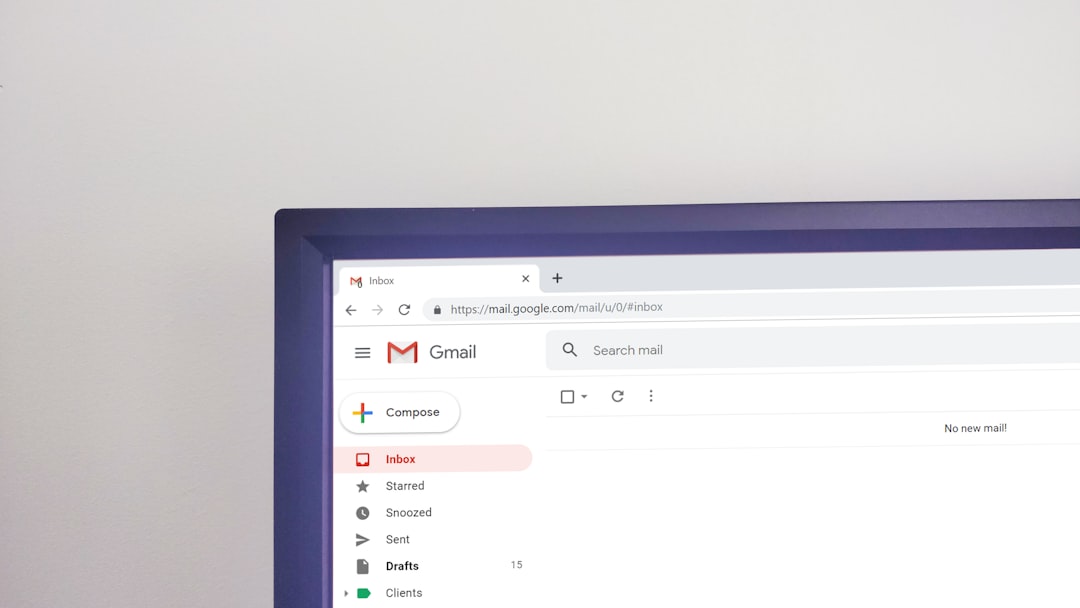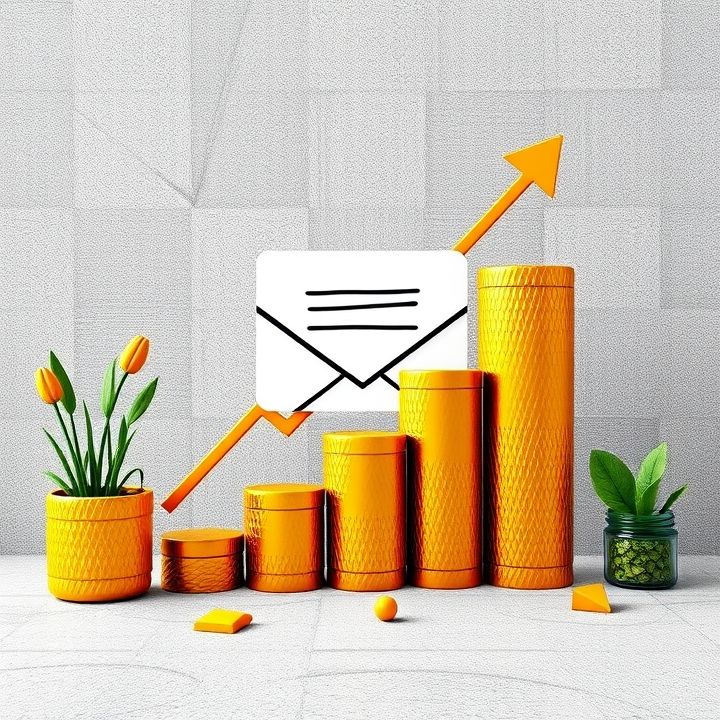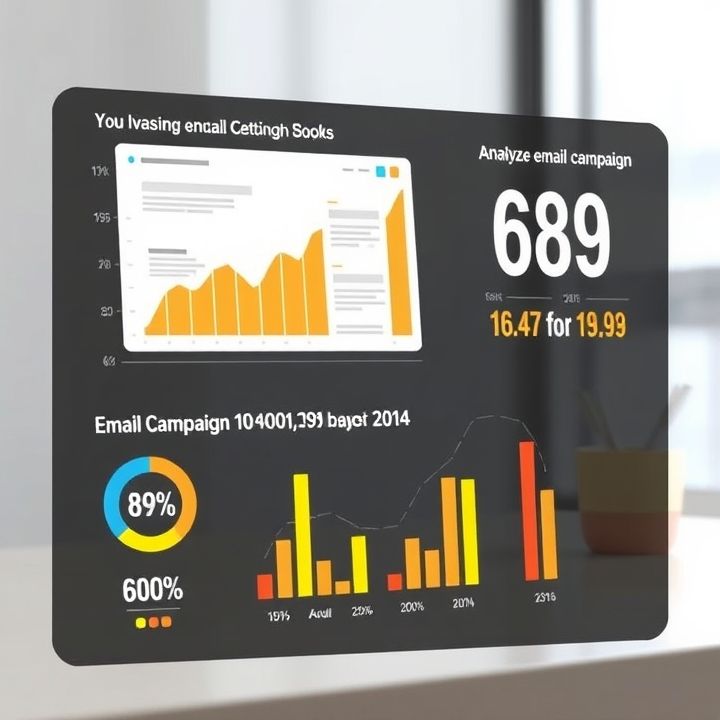Table of Contents
- Introduction
- Understanding your audience: tailoring the message
- Utilizing curiosity and intrigue to captivate readers
- Incorporating personalization for a personal touch
- Creating urgency and scarcity to encourage action
- Employing powerful words and emotional triggers
- A/B testing for optimal subject line performance
- Keeping it concise and impactful
- Using numbers and lists for easy readability
- Conclusion
- Frequently Asked Questions
Introduction
In the ever-evolving landscape of digital marketing, email remains a powerful driver of engagement and conversions. Yet, amidst overflowing inboxes, capturing the attention of your audience often hinges on one crucial element: the subject line. Crafting an irresistible subject line can be the subtle difference between an unopened email and a new customer. Are you ready to unlock the secrets to skyrocketing your open rates?
This article delves into proven techniques that will transform your subject lines from ordinary to extraordinary, compelling recipients to click and explore further. But why stop there? We present a table, comparing the common pitfalls and triumphant strategies, to demonstrate the impact of a well-crafted subject line:
| Common Pitfalls | Triumphant Strategies |
|---|---|
| Bland & Generic | Personalized & Captivating |
| Overly Salesy | Value-Driven & Relevant |
| Too Long | Concise & Impactful |
Dive in to unlock these strategies and more, as we guide you through creating email subject lines that not only demand attention but also drive action.
Understanding your audience: tailoring the message
Understanding your audience is crucial when crafting compelling email subject lines. The first step in tailoring your message is to thoroughly research and segment your audience based on demographics, interests, purchasing patterns, and any previous interactions they’ve had with your brand. Knowing your audience allows you to personalize the content and present it in a way that resonates directly with their specific interests and needs.
For instance, a younger audience might respond well to trendy language and emojis, while a more professional audience might appreciate a concise and straightforward subject line. Additionally, using A/B testing can provide insights into what subject lines yield the highest open rates within different segments.
Furthermore, align your subject lines with the recipient’s stage in the buyer’s journey. For example, new subscribers might value introductory offers or informative content, while loyal customers may prefer notifications about exclusive deals or early access to new products. By understanding and addressing the unique preferences and expectations of your audience, you greatly increase your chances of cutting through the noise and capturing their attention.
Utilizing curiosity and intrigue to captivate readers
Creating compelling and persuasive email subject lines requires leveraging the power of curiosity and intrigue to capture readers’ attention. One effective technique is the use of open-ended questions or statements that spark curiosity. For instance, a subject line like ‘Guess what made our sales skyrocket?’ invites readers to open the email to discover more. Another approach is to hint at exclusive content or offers, such as ‘Unlock the secret to flawless skin—just for you!’ This implies valuable information awaits inside, encouraging clicks. Additionally, employing unexpected contrasts or contradictions can be captivating. A subject line such as ‘How doing less at work can boost your productivity’ presents a counterintuitive idea, intriguing readers to find out more. Personalization can further enhance curiosity by making the email feel more targeted and relevant, for example, ‘John, discover something new today!’ Lastly, using numbers or lists can create a sense of curiosity by promising concise and organized content, such as ‘5 surprising ways to save money this month.’ These techniques, when thoughtfully applied, can effectively draw readers in, making them eager to explore the content within.
Incorporating personalization for a personal touch
Incorporating personalization into email subject lines is a highly effective technique to grab the recipient’s attention. By tailoring the subject line to reflect the recipient’s personal information, interests, or past behavior, you can significantly enhance their engagement with the email. For instance, using the recipient’s name in the subject line is a simple yet powerful way to create a personal connection. It immediately signals that the email is not just another mass blast, but something specifically for them. This approach can be enhanced by including personalized recommendations based on previous purchases or browsing history, which not only makes the email more relevant but also demonstrates a keen understanding of the recipient’s preferences.
Another way to personalize is by referencing recent interactions, such as a webinar attended or a product demo, making the email seem more like a continuation of an ongoing conversation rather than a cold outreach. Additionally, segmenting your audience based on demographics, purchase patterns, or engagement levels allows for even more tailored subject lines that resonate with specific groups. Overall, personalization in email subject lines is not just a trend but a crucial component of effective email marketing strategy, aiming to foster a deeper connection and ultimately drive better engagement and conversion rates.
Creating urgency and scarcity to encourage action
Creating urgency and scarcity in email subject lines is a powerful technique to encourage immediate action from recipients. Urgency taps into the natural human tendency to prioritize tasks that are time-sensitive. Phrases like “Today Only,” “Last Chance,” or “Limited Time Offer” create a sense of time constraint that can prompt quicker decisions. In contrast, scarcity highlights the limited availability of an offer, making it more attractive. Subject lines such as “Only a Few Left” or “Exclusive Access for the First 100 Customers” suggest that the opportunity may not last long, prompting potential customers to act before it’s too late.
Combining both urgency and scarcity can be incredibly effective. For example, “Last Day: Only 5 Spots Remaining” not only creates a deadline but also emphasizes the limited quantity, doubling the psychological pressure to act. It’s essential, however, to use these elements ethically and truthfully. Overuse or misuse can lead to distrust and a decrease in engagement. When done correctly, urgency and scarcity can significantly boost open rates and conversions, making them vital tools in any marketer’s arsenal.
Employing powerful words and emotional triggers
Employing powerful words and emotional triggers in email subject lines is a widely utilized technique to capture the reader’s attention and persuade them to open the email. Powerful words are those that evoke strong feelings, create vivid imagery, or ignite curiosity. These words often elicit a direct emotional response, making the reader more likely to engage. Words like ‘exclusive,’ ‘limited-time,’ ‘discover,’ and ‘urgent’ create a sense of urgency and importance.
Emotional triggers tap into the reader’s feelings and desires, making the message more relatable and compelling. Triggers such as fear of missing out (FOMO), excitement, or even curiosity can be effectively used to influence behavior. For example, using phrases like ‘Don’t miss out,’ ‘Unlock your potential,’ or ‘See what everyone’s talking about’ can provoke a sense of urgency and interest.
The integration of powerful words with emotional triggers in email subject lines not only enhances the open rate but also strengthens the connection with the audience. It taps into what motivates them and speaks directly to their needs or interests, making it an essential tool for marketers aiming to optimize their email campaigns.
A/B testing for optimal subject line performance
A/B testing is an invaluable technique for optimizing email subject lines, ensuring you have the most compelling content to capture your audience’s attention. This method involves creating two versions of a subject line—Version A and Version B—and sending them to small, random segments of your audience. By comparing the open rates each version receives, you can identify which is more effective.
When conducting A/B tests, it’s crucial to change only one element at a time, such as word choice, length, or the inclusion of emojis, to accurately determine what affects performance. It’s important to establish a significant sample size for reliable results and to set a clear objective before starting, whether it be increasing open rates, clicks, or any other metric relevant to your goals.
Furthermore, leveraging data from your A/B tests enables you to refine your approach over time. The insights gained can be used to tailor future subject lines, contribute to your understanding of audience preferences, and inform your overall email marketing strategy. A/B testing not only boosts engagement but also enhances your ability to connect more effectively with your subscribers.
Keeping it concise and impactful
In the fast-paced realm of email communication, keeping subject lines concise and impactful is crucial for grabbing the recipient’s attention. A well-crafted subject line does more than just summarize the content; it entices the reader to open and engage with the message. One key technique is brevity. Subject lines should ideally be between 6 to 10 words. This ensures they are digestible across various devices, especially mobile, where space is limited.
Another technique is to use strong, action-oriented words that convey urgency or offer an apparent benefit. Words like “Discover,” “Unlock,” or “Exclusive” can make a subject line more enticing. Additionally, personalization can play a pivotal role. Including the recipient’s name or referring to their previous interactions can make the email feel tailor-made.
Moreover, an element of curiosity can be leveraged to create intrigue. Phrasing a subject line as a question or hinting at a surprising piece of information can prompt the recipient to open the email to learn more. By maintaining a balance between brevity and engaging elements, subject lines can effectively increase open rates and drive further interaction with the content.
Using numbers and lists for easy readability
One effective technique for crafting email subject lines is the use of numbers and lists to enhance readability and grab attention. Numbers convey a sense of order, specificity, and predictability, making the content feel more accessible and digestible at a glance. For example, a subject line like ‘5 Tips for Boosting Productivity’ gives the reader a clear idea of what to expect. By specifying the number of items, you set a tangible expectation that can increase open rates.
Moreover, lists suggest brevity and convenience, implying the information is concise yet comprehensive. Readers often associate numbers with steps they can follow easily, which can be particularly appealing in today’s fast-paced world where time is at a premium. This approach can amplify your message’s effectiveness and resonance. Additionally, odd numbers have been found to be more intriguing and memorable compared to even numbers, so using them can potentially increase engagement. Utilizing numbers and lists in your email subject lines not only adds clarity but also promises structured and valuable content, encouraging readers to explore the email further.
Conclusion
In conclusion, crafting irresistible email subject lines that skyrocket open rates requires a blend of art and science. By understanding your audience and tailoring messages to their interests and behaviors, you effectively set the stage for increased engagement. Leveraging techniques like inciting curiosity, creating urgency, and personalizing content ensures that your emails stand out in cluttered inboxes. The use of powerful words and emotional triggers further captivates recipients, sparking their desire to explore your message. Techniques such as A/B testing and strategic brevity refine your approach, allowing continual optimization and alignment with audience preferences. Additionally, incorporating numbers and lists enhances readability and promises structured value, inviting clicks. As you adopt these methods, remember to maintain a balance between enticing intrigue and delivering on your promises, which fosters trust and loyalty among your subscribers. Mastering these techniques not only boosts open rates but also strengthens your email marketing strategy, ultimately driving conversions and nurturing long-term relationships with your audience. Today, with the competitive nature of digital communication, the skillful crafting of email subject lines has never been more crucial to capturing attention and compelling action.
